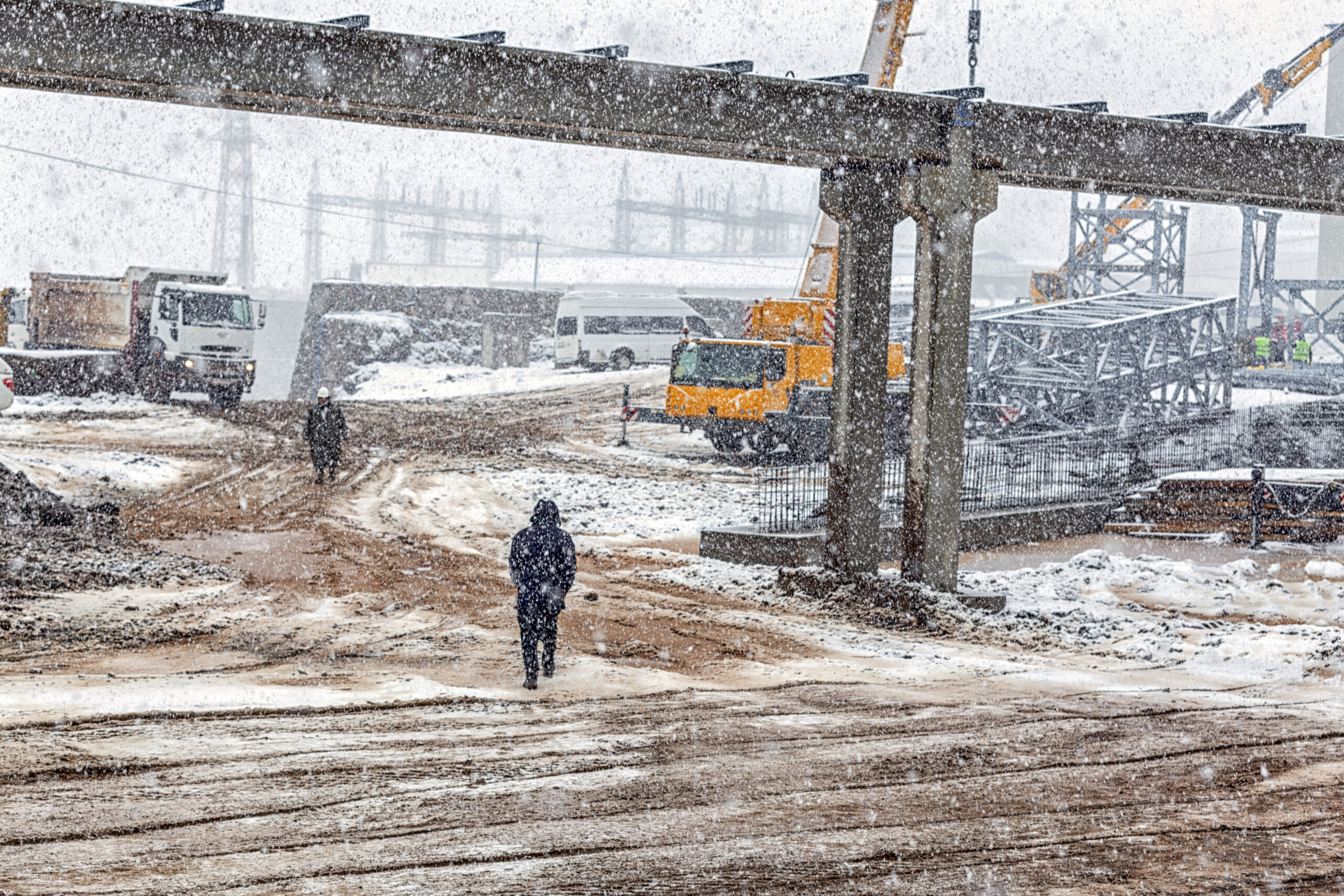insurance

December 5, 2023
High Health Care Costs Are Impacting Americans’ Physical and Mental Health
More than half of consumers feel stressed when paying their medical bills, and more than 9 in 10 say these payments have impacted their physical and mental health, according to a study from health care payment processing company PayMedix. Unaffordable medical bills, higher deductible health plans and confusing bills have increased physical and mental health...

December 1, 2023
10 Tips to Winterize Your Business
As winter approaches, it is crucial for small businesses to prepare for the challenges the season’s weather brings. Whether it’s potential property damage or changes in customer behavior, winter can significantly impact a company’s operations. This article provides 10 tips for effectively winterizing a small business. Being ready for winter weather requires a proactive approach....

November 30, 2023
How Vulnerable to Cyberattacks Are Commercial Buildings?
At first blush, the ransomware attack on Colonial Pipeline(link is external) in May 2021 and a hacker’s attempt to poison the water supply(link is external) in Oldsmar, Fla., in February of the same year may not appear to have much bearing on the safety of the average commercial building. But in reality, most buildings are vulnerable to these types...

November 29, 2023
Report Reveals Employers Plan to Offer Compelling Benefits Options in 2024
Recent findings from Mercer’s Health and Benefits Strategies for 2024 Survey Report revealed that employers are seeking compelling benefits options to improve affordability, increase flexibility and fill perceived gaps in 2024. According to Mercer, 1 in 4 of more than 700 surveyed employers had made enhancements to their benefits programs in the past two years....

November 20, 2023
Fostering a Culture of Workplace Safety
Fostering a strong safety culture provides many benefits. In addition to reducing the risk of workplace accidents, such a culture can also help improve employee morale, enhance a business’s reputation and minimize related costs and liabilities. This article explains what it means to have a strong safety culture, outlines associated benefits and provides strategies companies...

November 16, 2023
NLRB and OSHA Announce Partnership to Strengthen Worker Safety Protections
On Oct. 31, 2023, the National Labor Relations Board (NLRB) and Occupational Safety and Health Administration (OSHA) executed a Memorandum of Understanding (MOU) regarding a partnership to strengthen worker safety protections. The partnership is designed to enhance protections for workers who speak out about health and safety conditions in the workplace or engage in a...

November 14, 2023
U.S. P&C Combined Ratio for 2023 Projected at 103.8%
Analysts at the Insurance Information Institute (Triple-I) and Milliman expect the U.S. property/casualty insurance industry to post a 103.8% net combined ratio for 2023, driven by the highest severe convective storm losses in decades. The III and Milliman experts shared their findings during a recent webinar discussing their quarterly report, “Insurance Economics and Underwriting Objections:...

November 9, 2023
Employer-reported Nonfatal Workplace Injuries and Illnesses Up 7.5% From 2021
Private industry employers reported a 7.5% increase in nonfatal workplace injuries and illnesses in 2022 compared to 2021, according to the U.S. Bureau of Labor Statistics. The incidence rate of total recordable cases was 2.7 cases per 100 workers who are full-time equivalent (FTE). In 2022, the rate of injury cases remained at 2.3 cases...

November 7, 2023
CMR Makes the Business Insurance Best Places to Work in Insurance 2023 List
Business Insurance has named CMR Risk & Insurance Services on the Best Places to Work in Insurance List 2023 in the small employer category. Business Insurance puts out the list annually to recognize companies across the insurance industry that have earned the highest levels of engagement and satisfaction from their colleagues. The honor is especially...

November 6, 2023
The 2023 Cyber Year in Review
When everyone thinks of cyber, first-party ransomware claims spring to mind, but this year there has been a more significant rise in third-party liability claims driven by pixel and tracking software-related matters. As more U.S. states pass laws against the collection of personally identifiable information, tracking software claims have evolved. This new trend follows other data privacy trends that...
Recent Posts
- Safe Use of Forklift Work Platforms
- California Privacy Protection Agency Finalizes Automated Decision-making Technology Regulations
- CVSA Reveals 2025 Operation Safe Driver Week Results
- Marketplace Plans Opened Nov. 1, Premium Increases Expected
- Preventing and Addressing MIC in Fire Sprinkler Systems
